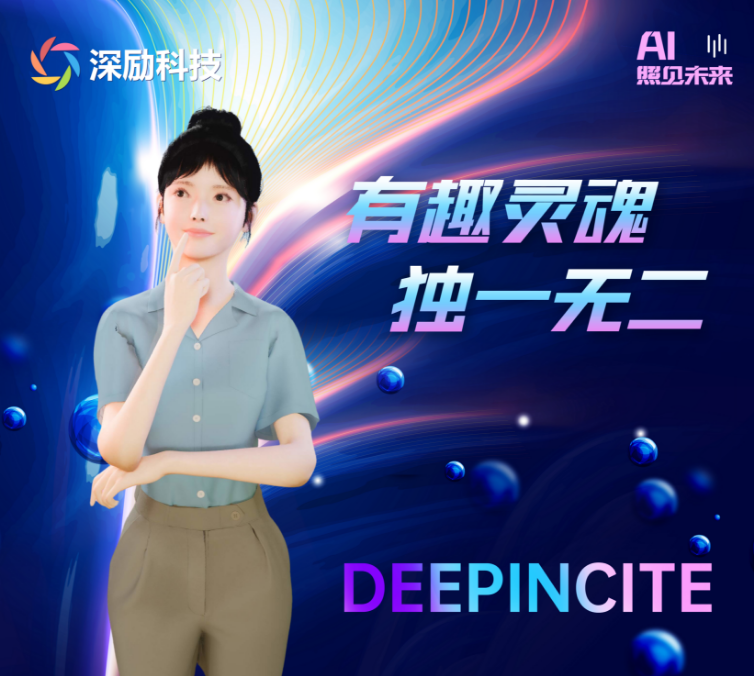公司成立于2021年,是全球范圍內(nèi)少數(shù)同時(shí)擁有全棧3D AIGC技術(shù)和自然語(yǔ)言生成式大模型技術(shù)的前沿人工智能公司。
136?2108?0965
136 2108 0965
1039900924
1039900924@qq.com

公司成立于2021年,是全球范圍內(nèi)少數(shù)同時(shí)擁有全棧3D AIGC技術(shù)和自然語(yǔ)言生成式大模型技術(shù)的前沿人工智能公司。
136?2108?0965
136 2108 0965
1039900924
1039900924@qq.com

Uncovering the Mysteries of AI-Powered Virtual Anchors
Ever wondered how AI-powered virtual anchors manage to pull off a seamless broadcast without a hint of human error? With the advent of cutting-edge technology, the future of broadcasting is here, and it's more fascinating than you could ever imagine. In this article, we will delve into the world of AI-powered virtual anchors and uncover the secrets behind their success.
To begin with, let's clarify one thing: AI-powered virtual anchors are not just a gimmick or a passing trend. They represent a significant shift in the way we perceive broadcasting and the role of journalists. These virtual anchors are capable of delivering accurate and engaging content, 24/7, without the need for human intervention.

How is this possible, you might ask? Well, behind the scenes, a complex algorithm is at work, analyzing and processing vast amounts of data to deliver a smooth and seamless broadcast. AI-powered virtual anchors are equipped with natural language processing (NLP) technology, which allows them to understand and respond to various inputs, just like a human would.
But that's not all. These virtual anchors are also capable of adapting to their audience's preferences and delivering personalized content. By utilizing machine learning and data analytics, they can pinpoint exactly what their viewers want to hear and tailor their broadcast accordingly.
Now, some might argue that the human touch is irreplaceable, and they're not wrong. Virtual anchors may never fully replicate the nuances and emotions of a human journalist. However, what they lack in warmth, they more than make up for in efficiency and consistency.
So, where does this leave us? As virtual anchors continue to gain traction, we must embrace the inevitable shift in the broadcasting landscape. Instead of viewing them as competitors, we should see them as valuable tools that can enhance and complement our journalism practice.
In conclusion, AI-powered virtual anchors are set to revolutionize the broadcasting industry. They offer immense potential for innovation and growth, but also pose a challenge to traditional journalists. As we venture into this new frontier, one thing is clear: the future of broadcasting is exciting, and it's only a matter of time before virtual anchors become an integral part of our daily lives.
Are you ready to embrace the future of broadcasting?